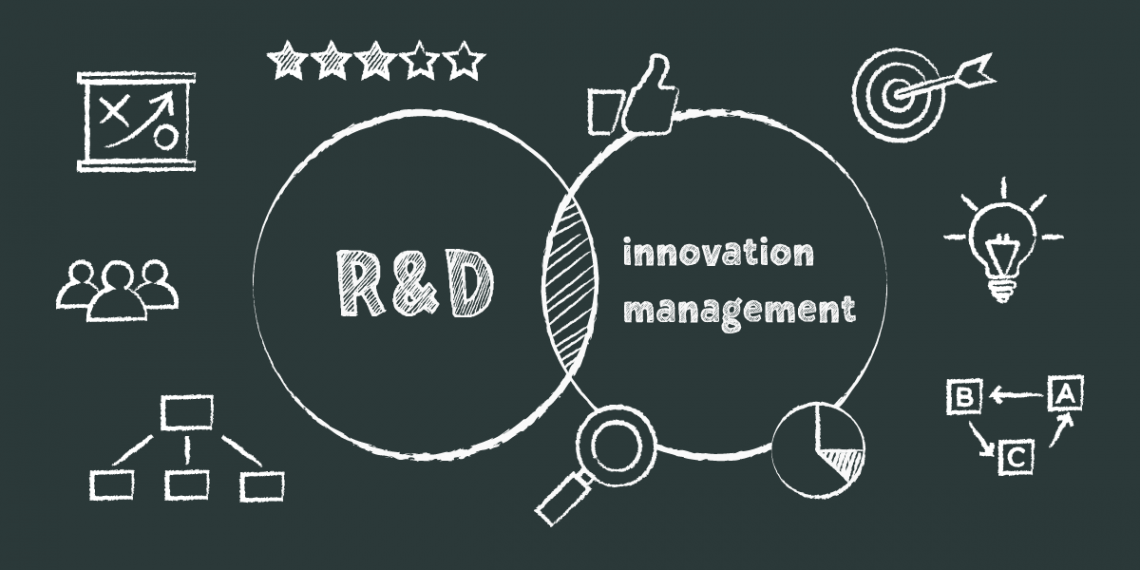When it comes to innovation, opening up procedures in your organization to include additional stakeholders has been shown to work. Decentralization is a key success element in the world’s top organizations, and it can be in yours as well.
How can decentralization promote organizational innovation?
To maintain a competitive edge in today’s economic environment, organizations must adjust quickly, demonstrating flexibility and agility, all of which can be handled through decentralization. Decentralization is a type of organizational structure that promotes more intensive bottom-up communication as well as a constant flow of ideas, information, and decisions. Slow advances in company performance can be attributed to a multi-layered organizational structure with decision-makers concentrated at the top-level management.
In reality, decentralization entails distributing decision-making authority to lower-level management and employees. When employees are given this level of freedom and are rewarded for risk-taking, they become more creative in their pursuit of efficient solutions to satisfy unmet demands. Involving more people in decision-making, on the other hand, relieves pressure on top management, allowing them to focus on central issues.
Setting up an innovation culture in a decentralized system
Organizational performance is intimately tied to innovative behavior, which is defined as the development, adoption, and implementation of original and valuable ideas. Decentralization influences the culture of innovation by creating a new set of responsibilities for a bigger group of professionals. This is especially important in instances where a quick reaction is required to maximize organizational potential. In other words, less bureaucracy, reduced structure, less specialization – more decentralization.
When an organization takes a decentralized strategy, it focuses more on training employees, defining a code of ethics, and supporting them in making informed decisions. The innovation culture that emerges with the implementation of the decentralized innovation management system is represented by increased opportunities for all employees, as well as increased motivation to engage in the creation of innovations. Not only will their motivation to take initiative increase, but so will their confidence and self-reliance. Offering your employees a sense of importance and meaningful work is an important aspect of developing an innovative culture in organizations.
In the long run, this type of organizational culture organically produces new generations of leaders, team-workers, and decision-makers with demonstrated capacity to adapt swiftly to ad hoc events while taking personal responsibility for their actions. Employees develop crucial problem-solving skills and advance their careers as a result of these events, while the organization remains agile, competitive, and well-structured in terms of innovation management.
Advantages of decentralization
ELIMINATING BOTTLENECKS
PRO-INNOVATION CULTURE
Experimenting is an essential part of any successful innovation process. Using a structure that encourages everyone to share, discuss, and grow ideas may significantly improve the innovation climate in organizations. If you do it properly, this kind of structure can provide open space for mistakes and learning, while developing a pro-innovation culture that lasts. A competitive environment that leads to increased engagement and freedom has been found to encourage employees.
BOTTOM-UP INNOVATION
Listening to your employees appears to be a simple process, yet highly structured organizations with centralized systems appear to struggle with it. Decentralized innovation management, on the other hand, promotes bottom-up innovation by allowing lower-level employees to be heard. Bottom-up innovation, as far as we can prove, works in a very systematic manner – SUBMIT, REVIEW, SCORE, APPROVE.
Decentralization opens up new opportunities for organizations that implement it. Employees with actual talents and potential emerge from the bottom of the organizational ladder. The organization as a whole becomes more adaptive and faster to act and invent new solutions.
An innovation management system that allows you to build virtual decentralized teams with well-defined roles and responsibilities can be highly valuable. Enhancing flexibility, especially in today’s remote-set corporate context, is a critical step that enterprises all over the world can take. Schedule a demo presentation of Innovation Cloud to learn how it can help you enhance your organization’s innovation through decentralization.






